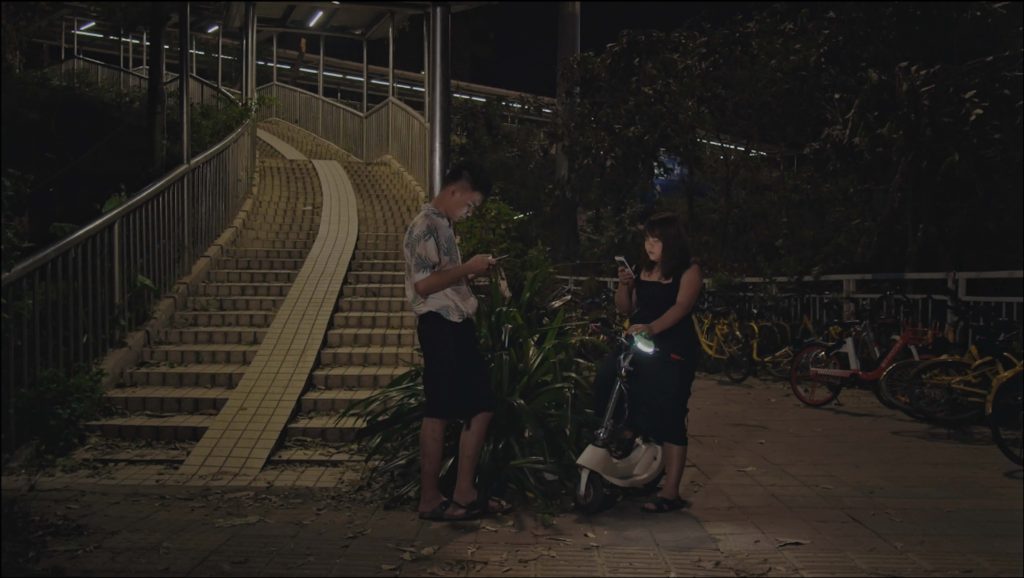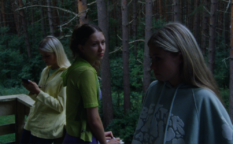Review: Shanzhai Screens (2020)

In Chinese, the term “shanzhai”, has changed its meaning from the original “mountain fortress” or “mountain village” to “forged, replica or parody product”. The whole city of Shenzhen was practically built on “shanzhai” industry of the tech goods from the West, Korea or Japan. The business concept of that sort is in decline in the hi-tech field because Shenzhen is now the global leader in the industry not just production-, but also innovation-wise, and it has found fertile ground in arts.
Originality is a crucial thing for art, but replicating its masterpieces is far from an uncommon practice. The question is only if the basics of mass production could be applied in it, lifting the scale of production to an industrial level. According to Paul Heintz’ short documentary Shanzhai Screens, it is already happening in Shenzhen. It premiered earlier this year at Clermont-Ferrand and it also competed at IceDocs short competition.

Basically, it is a documentary with an observational feeling to it, set in the night-time Shenzhen, where painters usually from the province of Hainan do their work of replicating the well- and lesser-known art pieces, where a 50 by 60 cm painting costs 30 or 40 yuans and where discounts are provided for big orders. If the painter has to paint more of the same pictures, the rules of the mass production would be applied: the same colour and the same moves would be repeated on 20 or 50 canvases, creating the feeling of an industrial assembly work. The painters are painting, the delivery men are carrying the goods from the workshops to the shipping depots and the gallerists are telling the obviously bogus salesman stories about an unnamed Russian painter whose work is hugely popular in Hong Kong.
As much as the paintings are merely clever and crafty replicas, the whole film itself feels staged a bit, but no less truthful because of it. Heinz, doing the camera- and the sound recording work for the film himself, on top of directing it, has some clever ways to make a point. The narration of the context, the life conditions and the basics of the trade for the painters are being told through the audio logs and voice messages over the cell phones, the absurdist humorous moment of the delivery men carrying goods across the city is underlined with showing replicas of Mona Lisa and the Sunflowers face-up, while the slightly surreal ending in the realm of the 3D virtual reality (thanks to Thibaut Rostagnet’s work on visual effects) has some poignancy in asking the question what will become from the craft once the galleries and museums move their exhibitions to the virtual world.
Runtime: 23’ 23’’
Country: France
Language: Chinese
Directed by: Paul Heintz
Cinematography by: Paul Heintz
Editing by: Jeanne Sarfati
Sound recording by: Paul Heintz
Sound design by: Grégoire Chauvot, Corvo Lepesant-Lamari
Visual effects by: Thibault Rostagnet
Colourist: Clément Fourment
Assistant director: Huang Zhengian
Produced by: Thomas Hakim, Julein Graff
Production companies: Petit Chaos, Le Fresnay
Supported by: Région Grand Est, Studio national des arts contemporains, L’aide au film court du Département de la Seine-Saint-Denis
Sales: Square Eyes
















